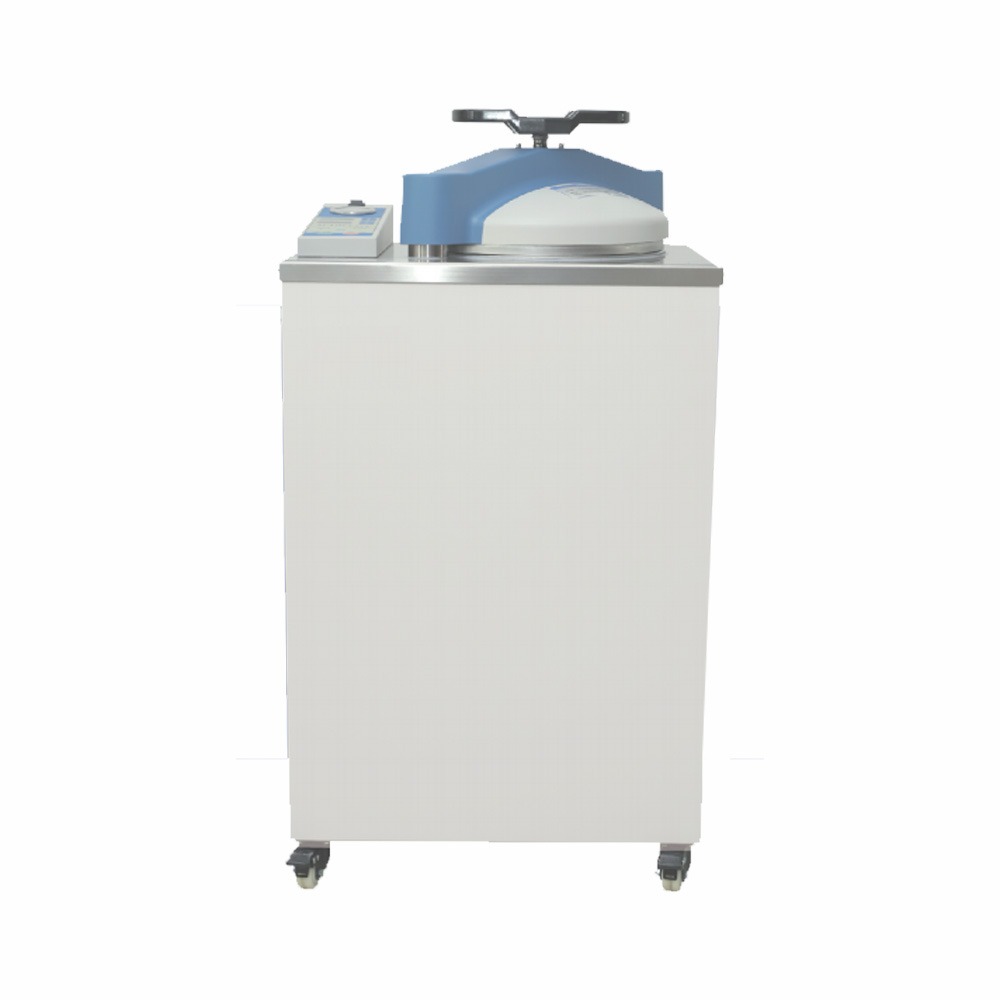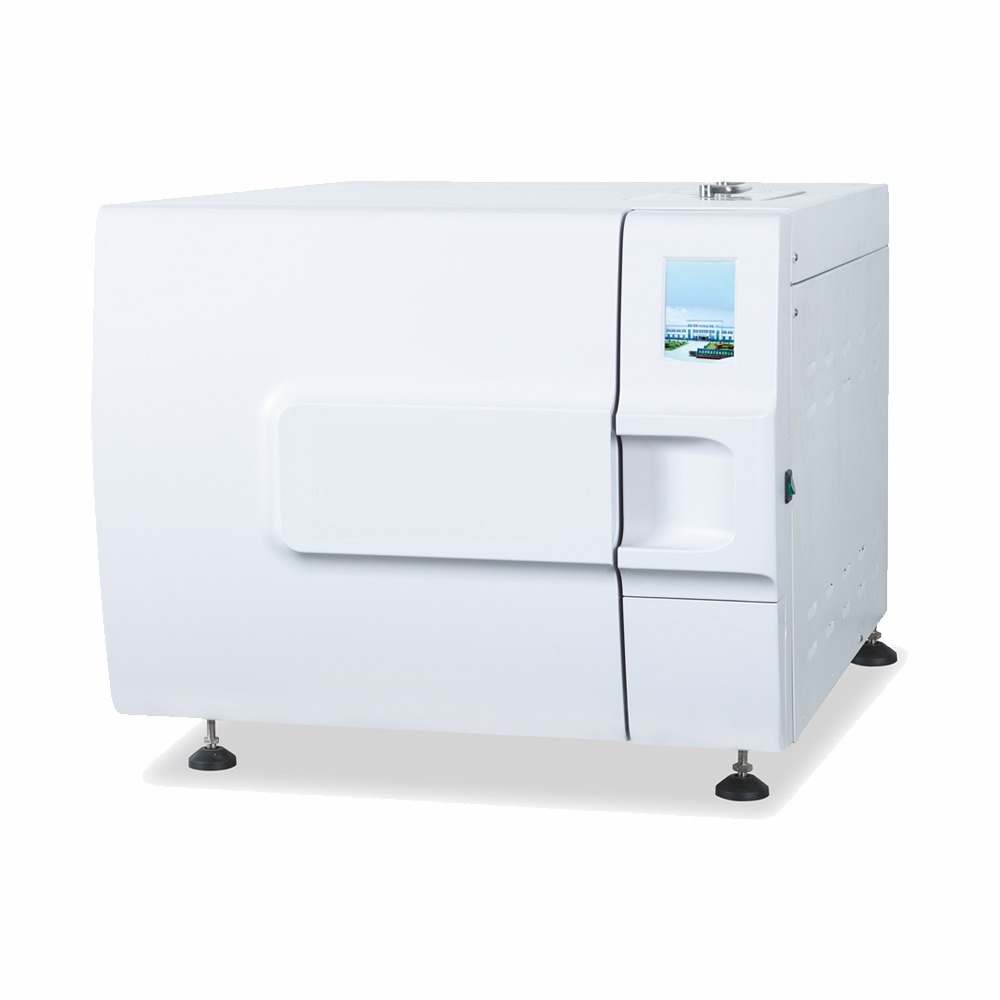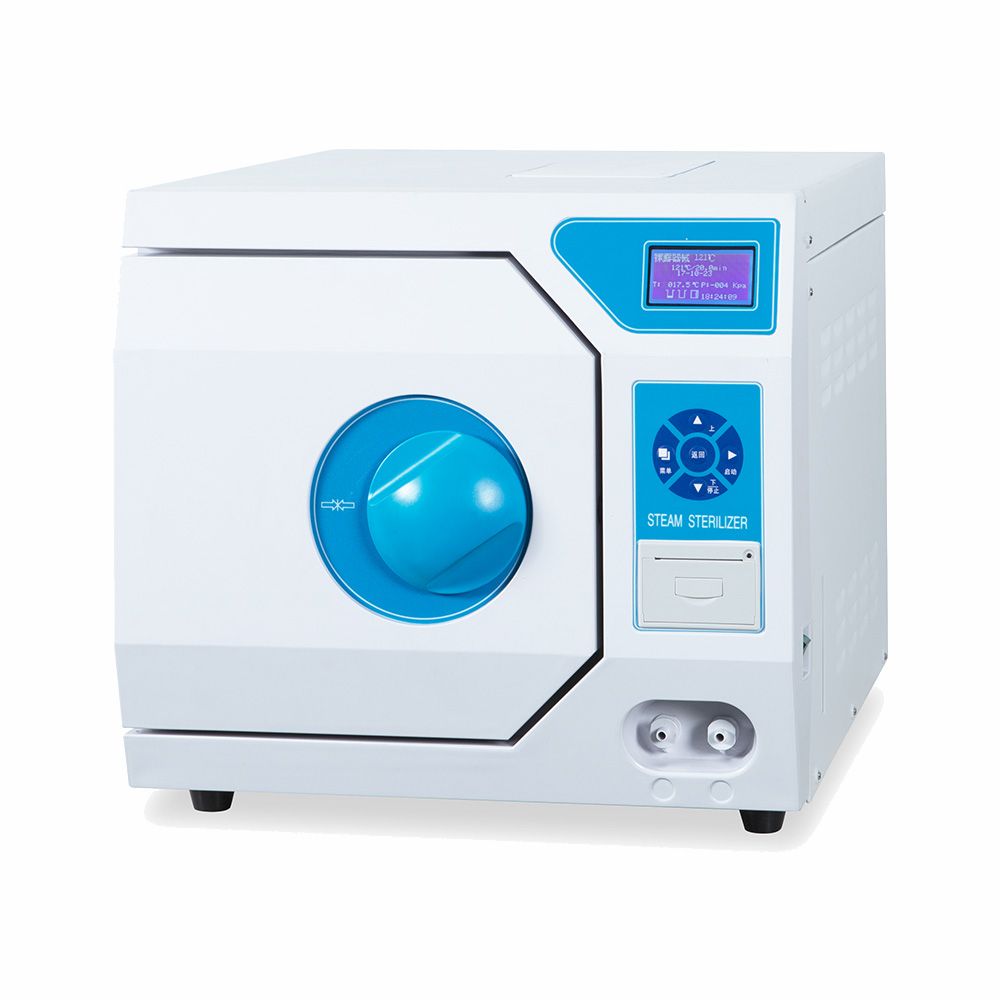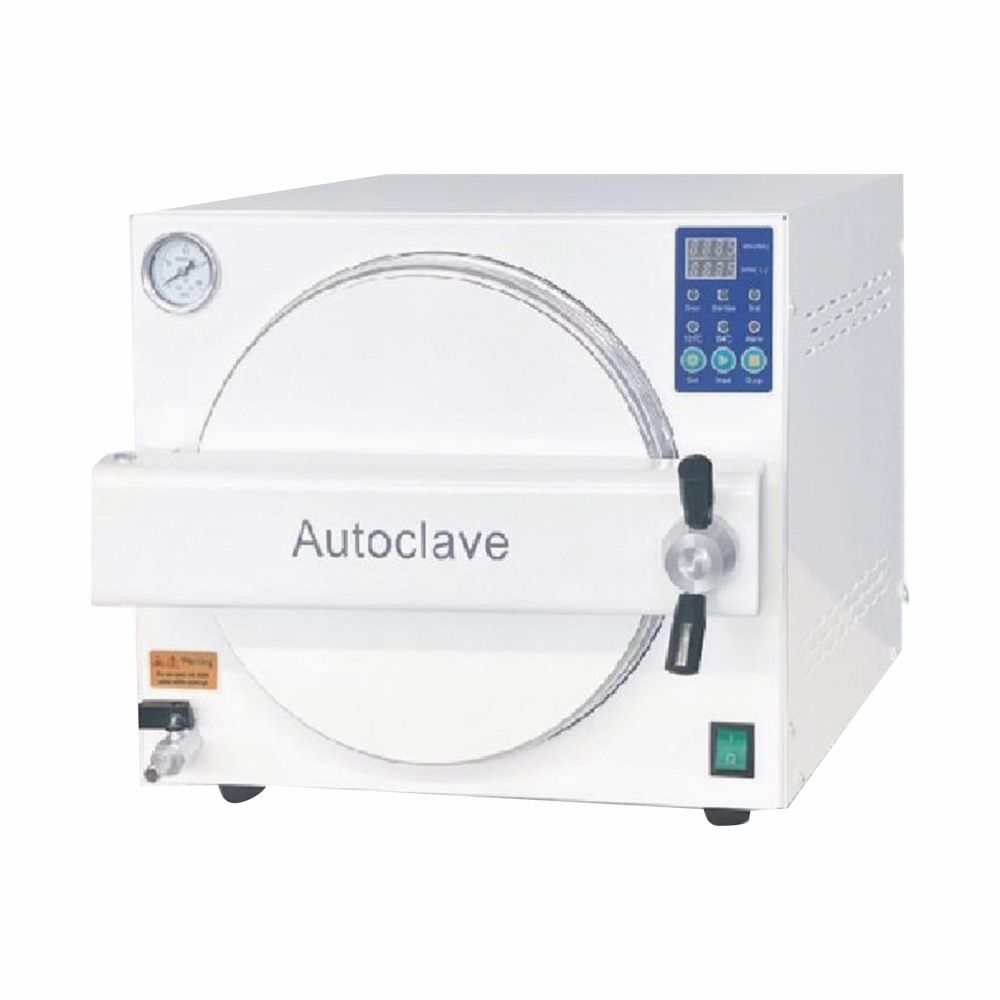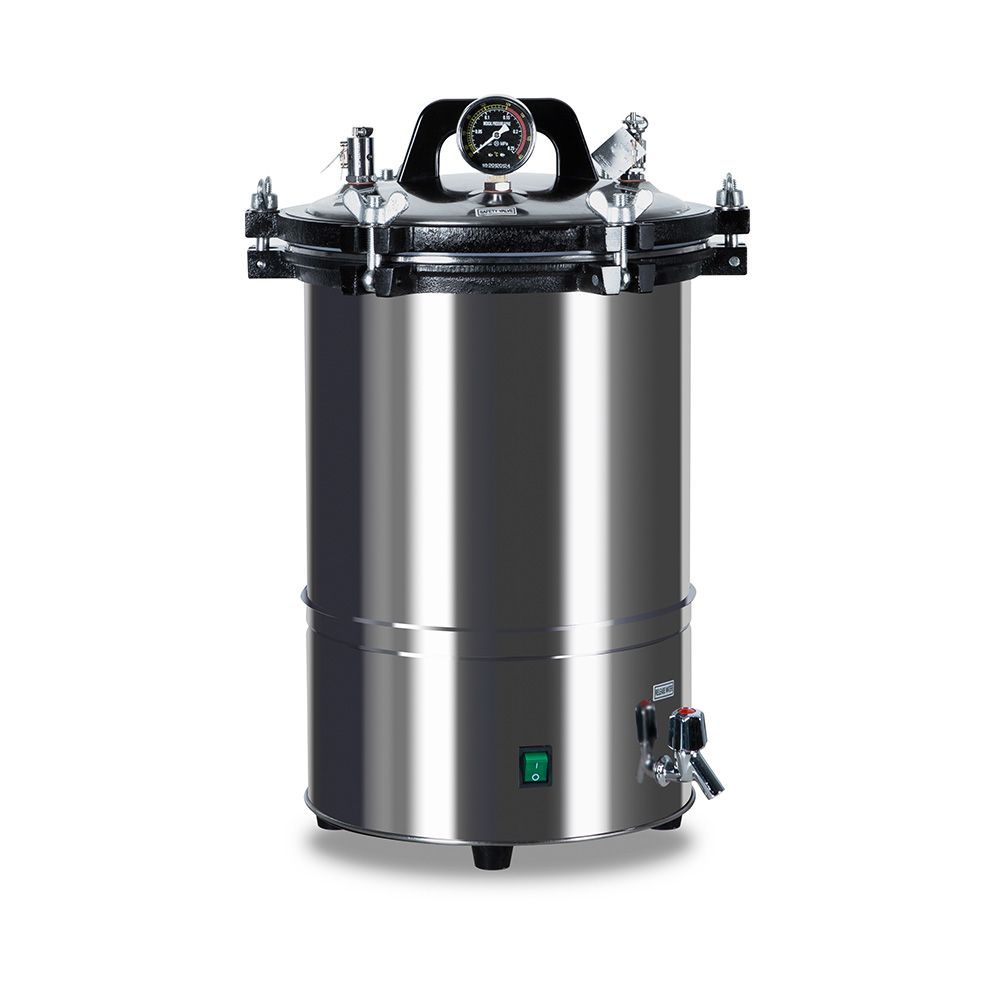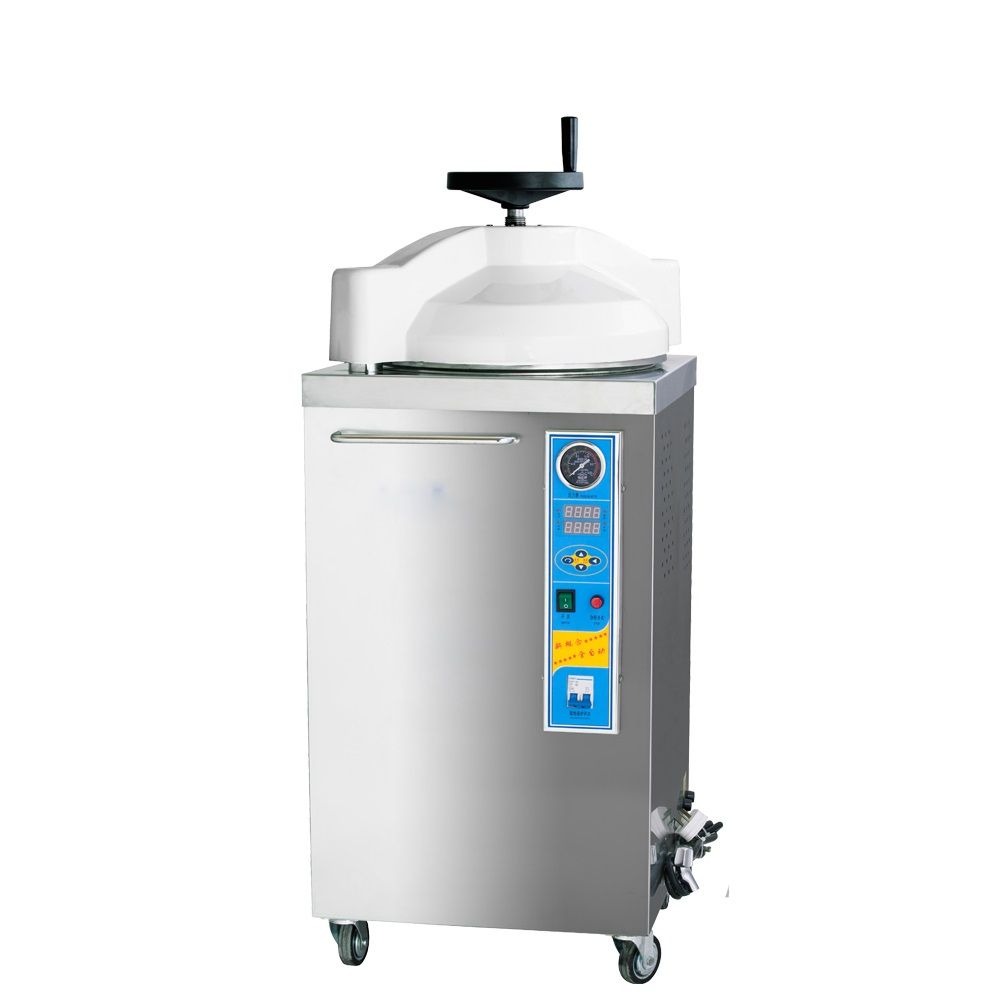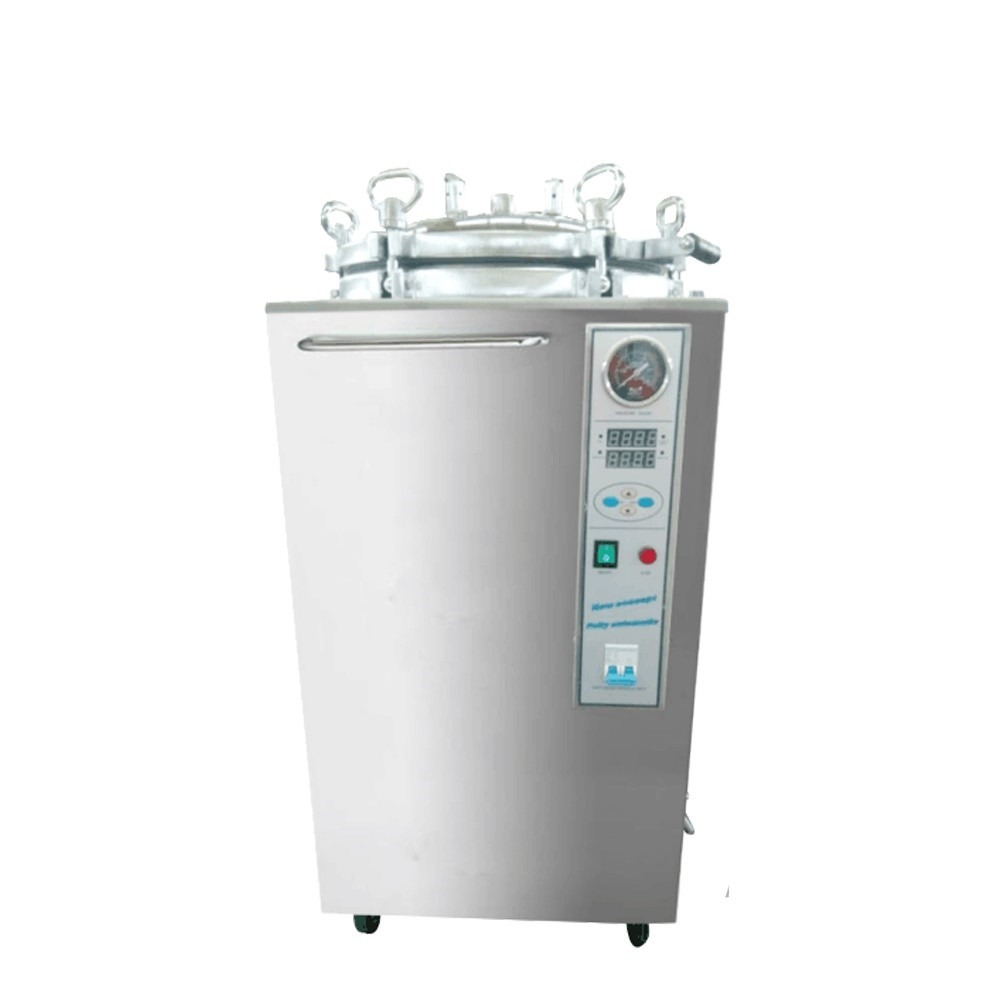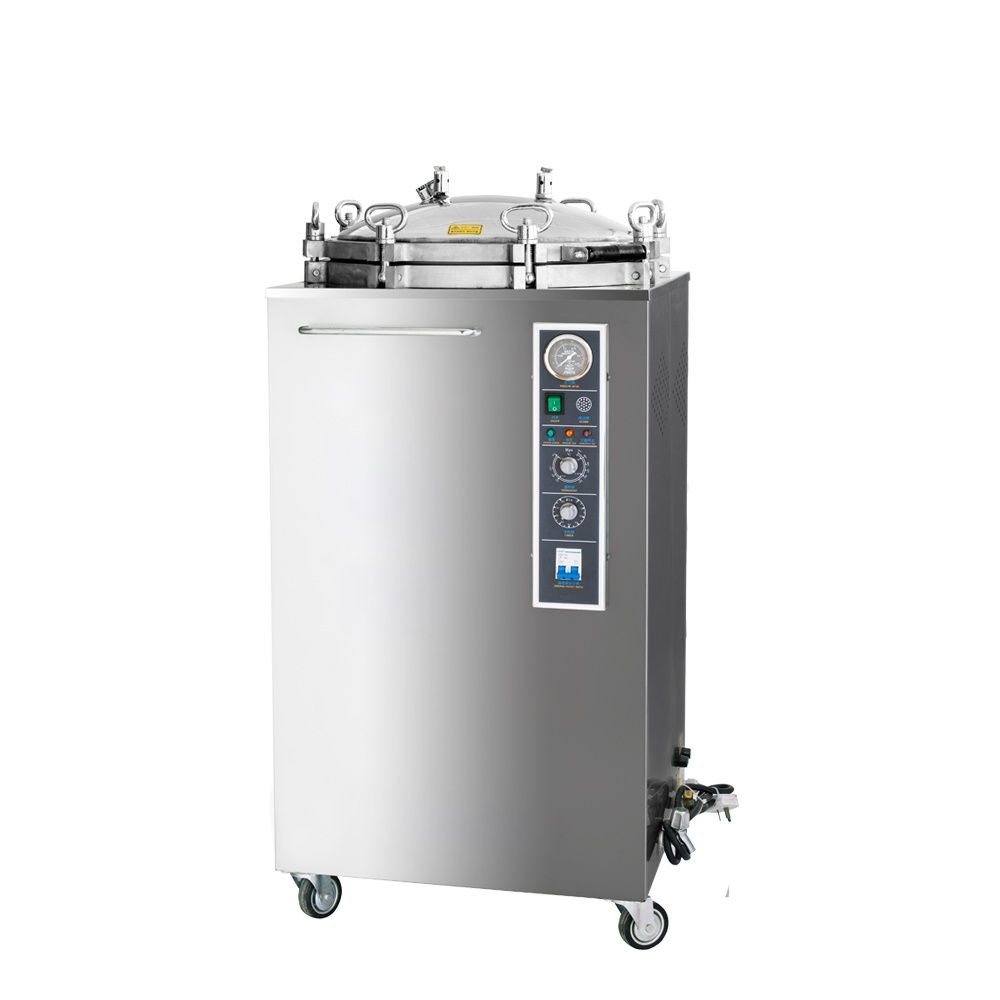High-pressure steam sterilization is a commonly used sterilization method in biological experiments. Whereas, an autoclave is an autoclave device used in a laboratory. According to the size of the capacity, the autoclave can be divided into three types: portable, vertical, and horizontal. An autoclave is widely used in medical schools, medical and health, food chemical, biological research, and other units. It can sterilize items such as instruments, dressings, utensils, liquid medicines, culture mediums, etc. But it also has some hidden dangers, which should not be ignored. Improper use of an autoclave can be a disaster!

What Should I Pay Attention to When Using an Autoclave?
- The sterilization temperature should be a temperature range, not a fixed value. Typically, the autoclaving temperature is a fixed value. For example, the sterilization requirements for test tube slant medium and shake flask liquid medium are: 121°C for 20 minutes, but 121°C is only the lower limit of the sterilization temperature, and the actual sterilization temperature fluctuates between 121°C and 124°C (or 123°C). C).
If it is an automatic temperature-controlled sterilizer, after setting the lower limit of the sterilization temperature to 121°C when the temperature rises to 124°C (or 123°C), it will automatically power off to stop heating, and when the temperature drops to 121°C, It will automatically start heating; if it is a manual temperature-controlled sterilizer, when the temperature rises to 124°C, manually cut off the power to stop heating, and when the temperature drops to 121°C, manually turn on the power to start heating.
- Different types of autoclaves have different requirements for cold air discharge
1) Most of the non-automatic temperature-controlled sterilizers are small sterilizers. With this type of sterilizer, cold air must be exhausted. If the cold air is not exhausted, the thermal expansion of the cold air will affect the working pressure of the pressure cooker. The temperature displayed by this pressure is higher than the actual working temperature in the pot, and the working temperature of the sterilization pot cannot reach the set sterilization temperature, which will affect the sterilization effect.
2) Automatic temperature control type sterilization pot The automatic temperature control type sterilization pot monitors the temperature change in the pot through the thermode, and the temperature displayed on the display is the real working temperature in the pot. The temperature requirements for sterilization can also be guaranteed.
Since the sterilization effect of saturated steam is the best, cold air should also be discharged when using the automatic temperature control sterilizer to improve the sterilization effect. The valve is turned to the left (draining to the right) to release a small amount of steam.
Some sterilization equipment is also equipped with an adjustable exhaust valve. During the sterilization process, always keep the exhaust valve slightly open to exhaust cold air. influence of air.
First-time Use of the Autoclave Requires a Safety Check
Non-automatic temperature controlled autoclaves:
① Manually open the safety valve to check whether the safety valve is normal;
② During the heating process, check whether the rising state of the pressure gauge pointer is blocked, and it can be used normally.
Simple Safety Checks for Automatic Temperature Controlled Autoclaves:
① Manually open the safety valve to check whether the safety valve is normal;
② When adding water, observe whether the water level indicator light shows the water level normally;
③ On the premise of excluding cold air, observe the difference between the temperature on the display and the temperature indicated by the pressure gauge. Usually, the temperature on the pressure gauge is slightly higher than the temperature on the display. If the pressure difference does not exceed 3 ℃, it can be used normally.
Factors Affecting Sterilization Efficiency
(1) Water: Too high water temperature may cause the predetermined vacuum level to change, and the water temperature should be kept as low as possible. The water used in the sterilizer should meet the applicable water quality and the temperature should not exceed 15 ℃. The hardness value of water is between 0.7~2.0mmoL/L.
Hardness values outside this range may cause problems such as scaling and corrosion, which can shorten the life of the autoclave. The water used needs to be filtered and treated, and the pot should be kept clean.
(2) The degree of dryness of steam The sterilizer should use saturated steam with a degree of dryness of not less than 0.9, that is, the moisture content of the steam should not exceed 10%, and the degree of dryness should not be less than 0.95 under the metal load state, to maintain a linear relationship between temperature and pressure.
- Sterilization time refers to the time required for sterilization after the sterilization chamber reaches the specified temperature during the sterilization process. During operation, attention should be paid to observing the steam inlet speed and pressure, and generally, keep the pressure and temperature rising synchronously.
What should Be Paid Attention to When Sterilizing Liquid Substances?
In actual work, it is often necessary to sterilize liquids. The instructions of the autoclave indicate that it can sterilize bottle-shaped liquids, but unexpected situations were encountered in the experiment:
Sterilize with an open glass bottle, as a result, the liquid in the glass bottle is reduced by 1/3; tightly seal the bottle mouth with plastic film, and the sealing plastic film is broken in the middle, and the liquid in the glass bottle is still reduced by 1/3.
When sterilizing liquid substances, when the sterilization is over, pay attention to the pressure relief not too fast, close the exhaust valve as small as possible, maintain the natural pressure reduction, and maintain the original balance of the system to prevent liquid reduction or splashing.
Summarize
To ensure the safe and effective work of the autoclave, the daily maintenance and maintenance of the autoclave should be strengthened, and various control valves should be inspected regularly to ensure their normal working conditions.

